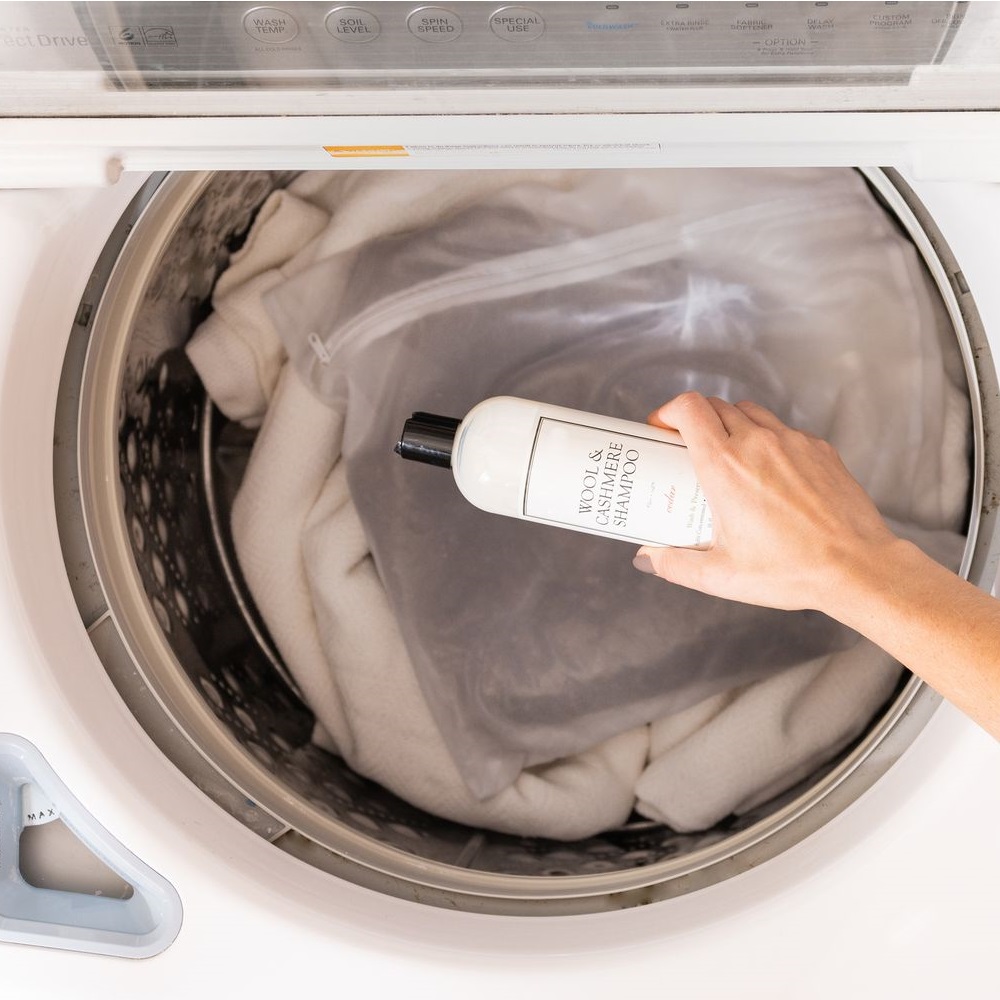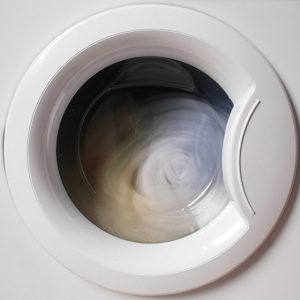How to Wash Wool in Washing Machine Without Damage?
Washing wool items can be a daunting task for many, especially given the delicate nature of this luxury fabric. However, it is entirely possible to wash wool in a washing machine without compromising its quality or causing shrinkage, as long as you follow specific guidelines. By understanding the proper techniques and precautions, you can keep your wool garments looking and feeling their best. Let’s dive into the most important steps and tips for effectively washing wool in the washing machine.
Preparing Your Wool Garments
Checking Care Labels
Before even thinking about tossing your wool garments into the washing machine, always start by checking the care labels. These labels provide valuable information about the specific care instructions for each item, including whether they are machine-washable or require hand washing. Ignoring these guidelines can lead to shrinking, felting, or damaging the fabric. If the label indicates a delicate cycle or a low-temperature wash, be sure to follow these instructions to the letter.
Sorting and Turning Inside Out
Sorting your laundry is a basic but crucial step. Separate wool items from heavy fabrics like jeans or towels to prevent unnecessary abrasion. Additionally, it’s advisable to turn wool garments inside out before washing. This helps protect the outer fibers from friction and reduces pilling. Paying attention to these initial steps can make a significant difference in maintaining the integrity of your wool items.
Choosing the Right Detergent
Wool-Specific Detergents
Using the right detergent is critical when washing wool. Opt for wool-specific detergents that are gentle and free of enzymes and bleach, as these can break down the wool fibers. Brands that specialize in wool care often offer formulations that maintain the softness and elasticity of the fabric. If a wool detergent is not available, a mild, pH-balanced detergent can serve as a substitute.
Avoid Regular Detergents
Regular laundry detergents are generally too harsh for wool and can strip the natural oils from the fibers, leading to dryness and brittleness. These detergents often contain enzymes designed to break down protein-based stains, which can inadvertently damage wool, as it is also protein-based. Sticking to milder or wool-specific detergents ensures your garments remain soft and durable.
Setting Up the Washing Machine
Using the Wool or Delicate Cycle
Most modern washing machines come equipped with a wool or delicate cycle designed to treat sensitive fabrics with care. These settings usually incorporate lower spin speeds and cooler water temperatures, reducing the risk of shrinkage and fiber damage. Always select this cycle when washing wool items to provide the gentlest wash possible.
Cold Water Wash
Cold water is ideal for washing wool, as hot water can lead to unwanted shrinkage and distortion of the fabric. Set your washing machine to a cold or lukewarm (not exceeding 30°C or 86°F) water temperature to ensure a thorough yet gentle cleaning process. Cold water also helps preserve the color and texture of the wool, extending its lifespan.
Washing Process
Using a Mesh Laundry Bag
For added protection, place your wool garments in a mesh laundry bag before putting them in the washing machine. This extra layer of protection minimizes friction and the risk of snags or tears. Mesh bags are especially useful for smaller items like socks, gloves, and scarves that can easily get tangled or damaged in the wash.
Adding Garments Sparingly
Overloading the washing machine can result in inadequate cleaning and increased friction between garments, which can damage wool. Wash wool items in small loads to ensure they have enough space to move freely. This practice not only enhances cleaning efficiency but also minimizes wear and tear.
Post-Wash Care
Gentle Removal from the Machine
After the washing cycle completes, it’s essential to remove wool garments from the machine gently. Wool becomes more delicate when wet and can lose its shape if handled roughly. Carefully lift the items out, avoiding any stretching or wringing, which can distort the fabric.
Laying Flat to Dry
One of the most crucial steps in wool care is drying. Wool should never be tumble-dried, as the heat and agitation can lead to significant shrinkage and felting. Instead, lay your wool items flat on a clean, dry towel, reshaping them to their original dimensions. Roll the towel with the garment inside to gently squeeze out excess water, then lay it flat again on a different dry towel to complete the drying process.
Avoiding Common Mistakes
Skipping Fabric Softener
Fabric softeners might seem beneficial, but they are generally detrimental to wool. These products can coat the wool fibers, reducing their breathability and natural resilience. Avoid using fabric softeners and rely instead on wool-specific detergents to maintain softness and elasticity.
Minimizing Sun Exposure
While air drying is recommended, avoid exposing your wool garments to direct sunlight. The UV rays can weaken the fibers and fade the colors. Instead, dry them indoors or in a shaded outdoor area to preserve the fabric’s integrity and appearance.
 Addressing Special Cases
Addressing Special Cases
Stain Removal
When dealing with stains, immediate action is the key to preventing permanent damage. Gently blot the stain with a clean cloth and cold water. Avoid rubbing, as this can push the stain deeper into the fibers or cause pilling. For persistent stains, use a wool-safe stain remover or consult a professional cleaner.
Hand Washing
If the care label advises against machine washing, or if you prefer an even gentler approach, hand washing is an excellent alternative. Fill a basin with lukewarm water, add a small amount of wool detergent, and gently swish the garment around. Let it soak for about 10-15 minutes before rinsing thoroughly with cool water. Gently squeeze out excess water without wringing and lay flat to dry as recommended.
Extending the Life of Wool Garments
Regular Maintenance
Regular maintenance can considerably extend the life of your wool garments. This includes regular brushing to remove surface dirt, airing out garments to eliminate odors, and storing them properly when not in use. Proper storage involves keeping wool items in a cool, dry place away from sunlight and pests. Using cedar blocks or lavender sachets can help deter moths.
Rotation and Resting Periods
Allowing your wool garments to rest between wears can help maintain their shape and look. Wool fibers benefit from resting periods as they regain their structure and elasticity. Rotating between multiple pieces instead of repeatedly using the same item can further preserve the fabric’s quality.
Environmental Considerations
Sustainable Detergents
Choosing eco-friendly wool detergents can benefit both your garments and the environment. Many sustainable detergents are formulated without harsh chemicals, reducing the chances of wool fiber damage. They also tend to be biodegradable, minimizing their impact on water systems. Opt for concentrated formulas to reduce plastic waste and further contribute to environmental sustainability.
Water and Energy Efficiency
Washing wool in cold water not only protects the fabric but also conserves energy. Similarly, using a washing machine with a dedicated wool cycle can optimize water usage. These practices reduce your household’s carbon footprint while ensuring your wool garments are properly cared for.
Conclusion
Learning how to wash wool in the washing machine without damage requires attention to detail and adherence to specific care guidelines. From checking care labels and using the right detergent to setting up the washing machine correctly and understanding post-wash care, each step plays a vital role in maintaining the longevity and quality of wool garments. By following these practices, you can enjoy the luxurious feel and lasting durability of wool while also contributing to sustainable and responsible garment care. Knowing how to properly wash wool ensures that your favorite wool pieces remain a staple in your wardrobe for years to come.



